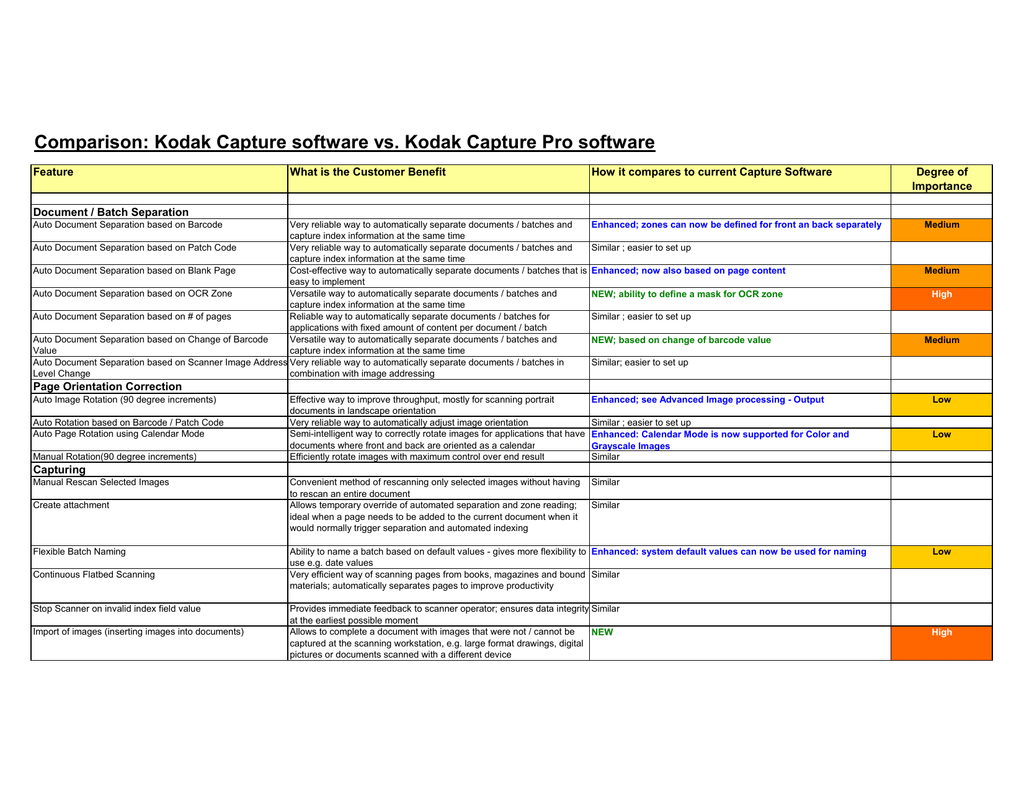
All large format documents will be scanned using specialized large format scanners. Image One scans all business-sized or “small format” documents (including 8.5″ x 11″, A4, legal, 11″ x 17″, A3, and anything smaller) using high-speed production document scanners from Kodak and Canon. Index values can also be manually keyed into the software. The software can read barcodes and/or use optical recognition (OCR) documents to automate indexing and to store images in batches until they can be processed further. Image One currently uses industry leading document capture software as our front-end capture (scanning) sub-system. Using an experienced document scanning partner to perform the scanning and indexing properly for large volumes is the best way to avoid the “garbage in, garbage out” effect – and will save you a lot of headaches in the process. We’ve seen many nightmare scenarios when organizations try to save money by using interns or clerks to scan high volumes with desktop scanners, or use an outsourcing provider that isn’t experienced. Scanning is a dirty, time consuming and physically demanding process. OpenText ApplicationXtender Workflow Managerĭocument Scanning Best Practices: Capture & Indexing Monday, January 16, 2017Īs part of our Document Scanning Process Best Practices series, this blog post covers the core of the process: the physical scanning of documents and indexing of the resulting PDF and TIFF document images.Digitech Systems PaperVision® Enterprise.



OpenText Application Content Management (formerly ApplicationXtender).Image One Clerk Official Record (COR) Software.Intelligent Capture OCR Scanning Software (formerly Captiva).Mail-In-Ballot Voter Signature Verification.


 0 kommentar(er)
0 kommentar(er)
